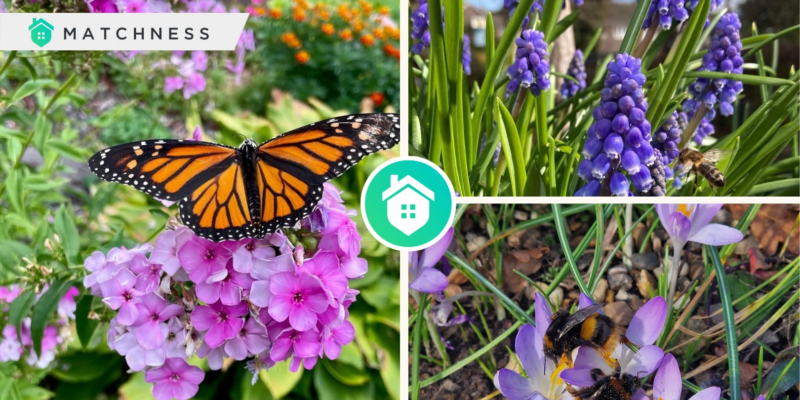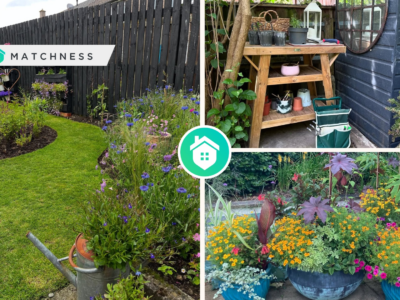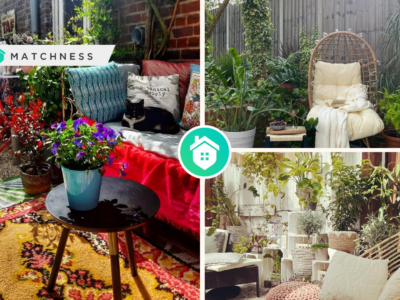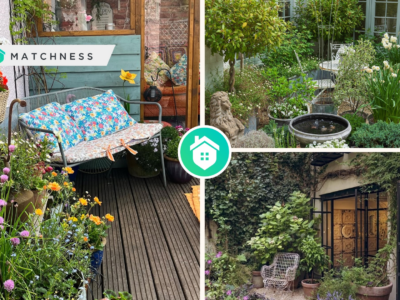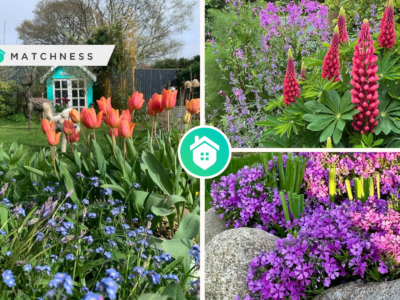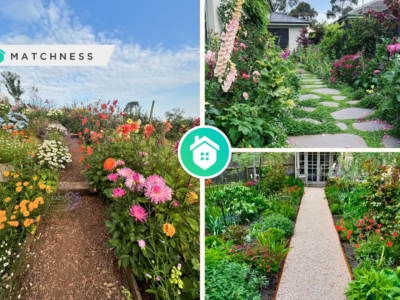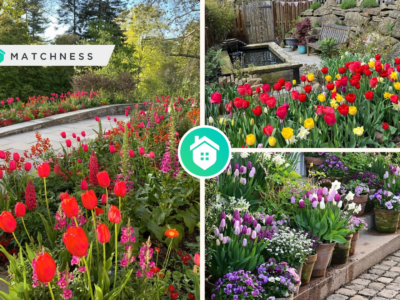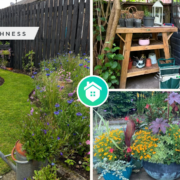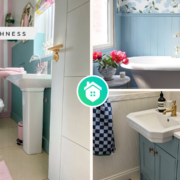Spring is a time of renewal, bringing warmer weather, longer days, and an explosion of blooming flowers. While gardens are often planted for their aesthetic appeal, they also serve a crucial role in supporting pollinators such as bees, butterflies, and hummingbirds. These creatures are essential for the health of our ecosystems, aiding in plant reproduction and ensuring bountiful harvests. By choosing flowers that attract and sustain pollinators, you can create a vibrant and thriving garden while also contributing to environmental conservation. Here are ten beautiful flowers to plant in your garden this spring to support pollinators.
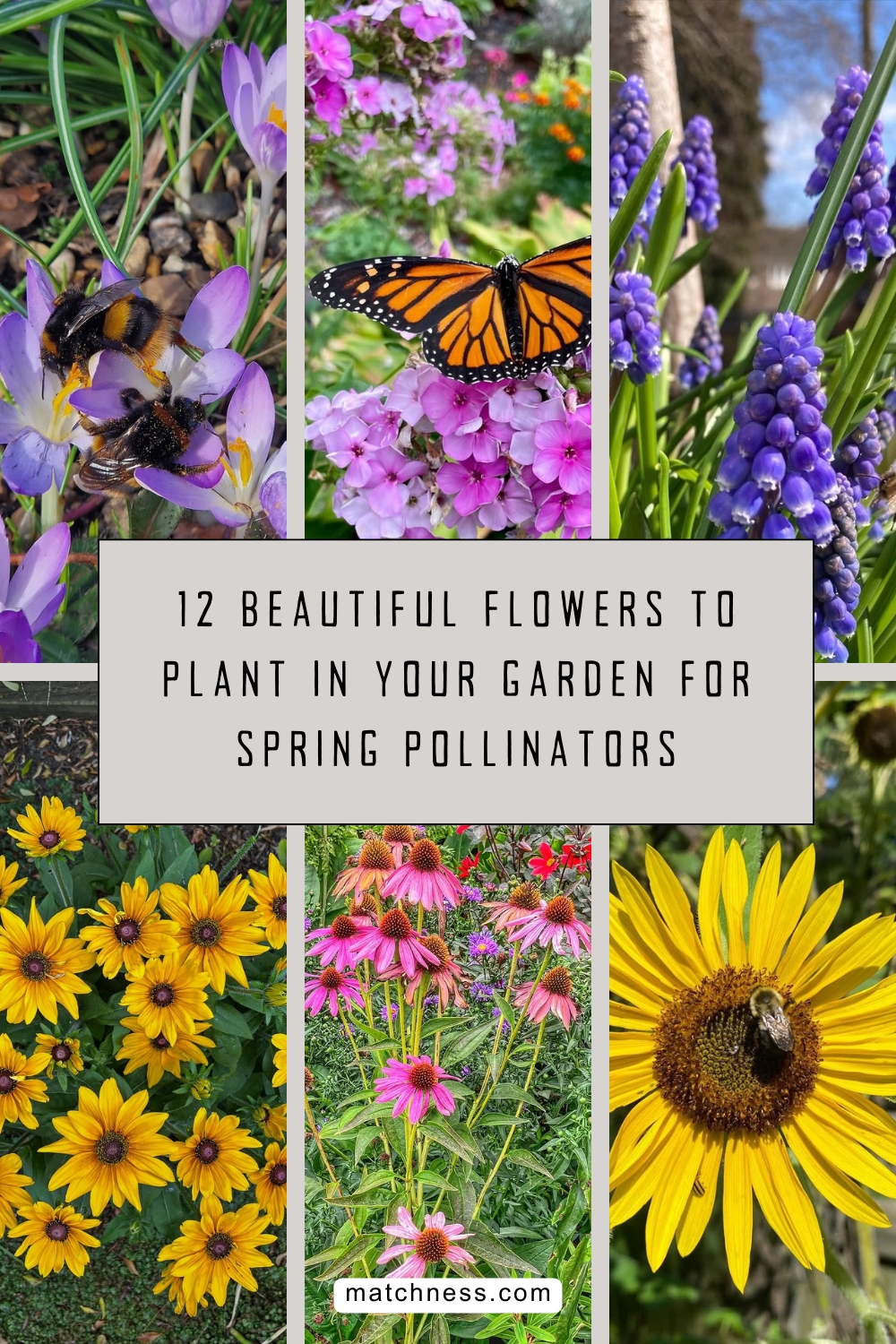
The Importance of Pollinators
Pollinators fertilize over 75% of blooming plants and more than 30% of crops globally. Their role is critical in preserving biodiversity, food production, and ecosystem health. Pollinator populations are diminishing as a result of habitat loss, pesticide usage, and climate change. Individuals may help with conservation efforts while also enjoying a blooming, healthy garden by planting pollinator-friendly plants.
1. Lavender (Lavandula)
Lavender is a favorite among gardeners and pollinators alike. Its fragrant purple blooms attract bees, butterflies, and even hummingbirds. This hardy perennial thrives in full sun and well-drained soil, making it a low-maintenance yet highly beneficial addition to your garden. Besides its ecological benefits, lavender can be harvested for its essential oils, potpourris, and culinary uses.
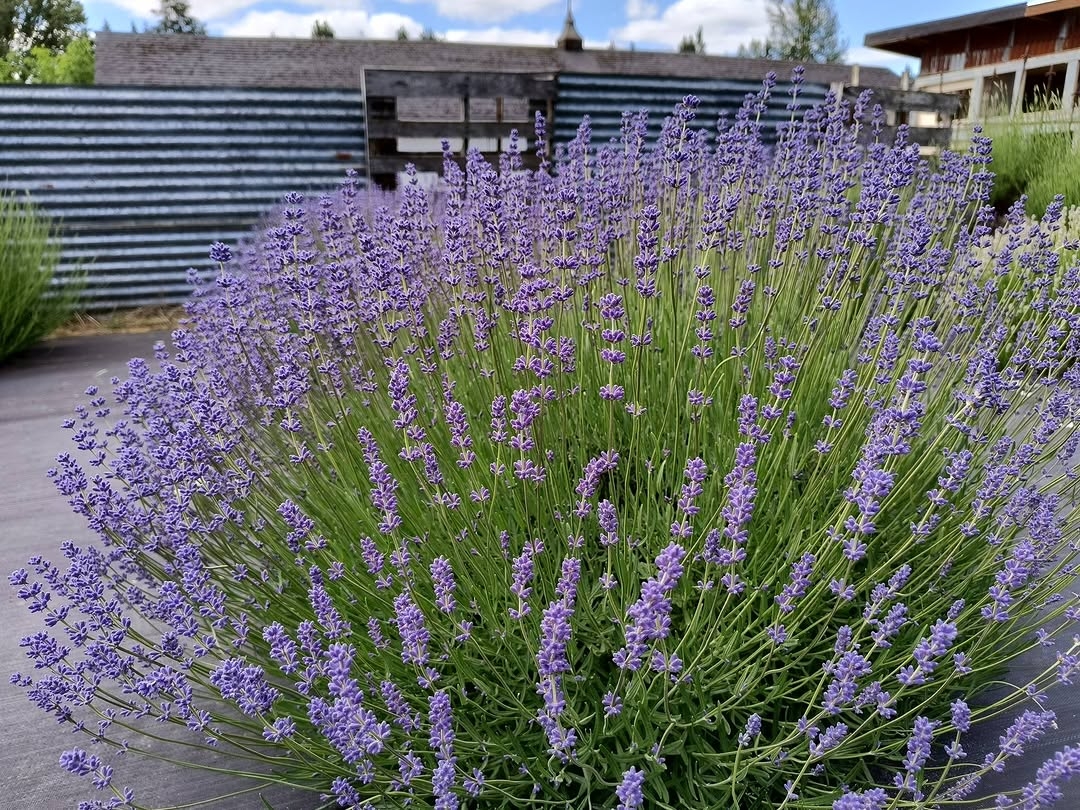
Lavender blooms attract bees and butterflies, enhancing the beauty of your spring garden with its vibrant purple color and sweet fragrance. Lavender plant from @wayward_winds_lavender
2. Coneflower (Echinacea)
Echinacea, commonly known as coneflower, is a striking perennial with daisy-like blooms in shades of pink, purple, and white. It is a magnet for bees and butterflies, particularly the monarch butterfly. Coneflowers are drought-resistant and bloom from early summer to late fall, providing a continuous source of nectar for pollinators. They also have medicinal properties and are often used in herbal remedies.
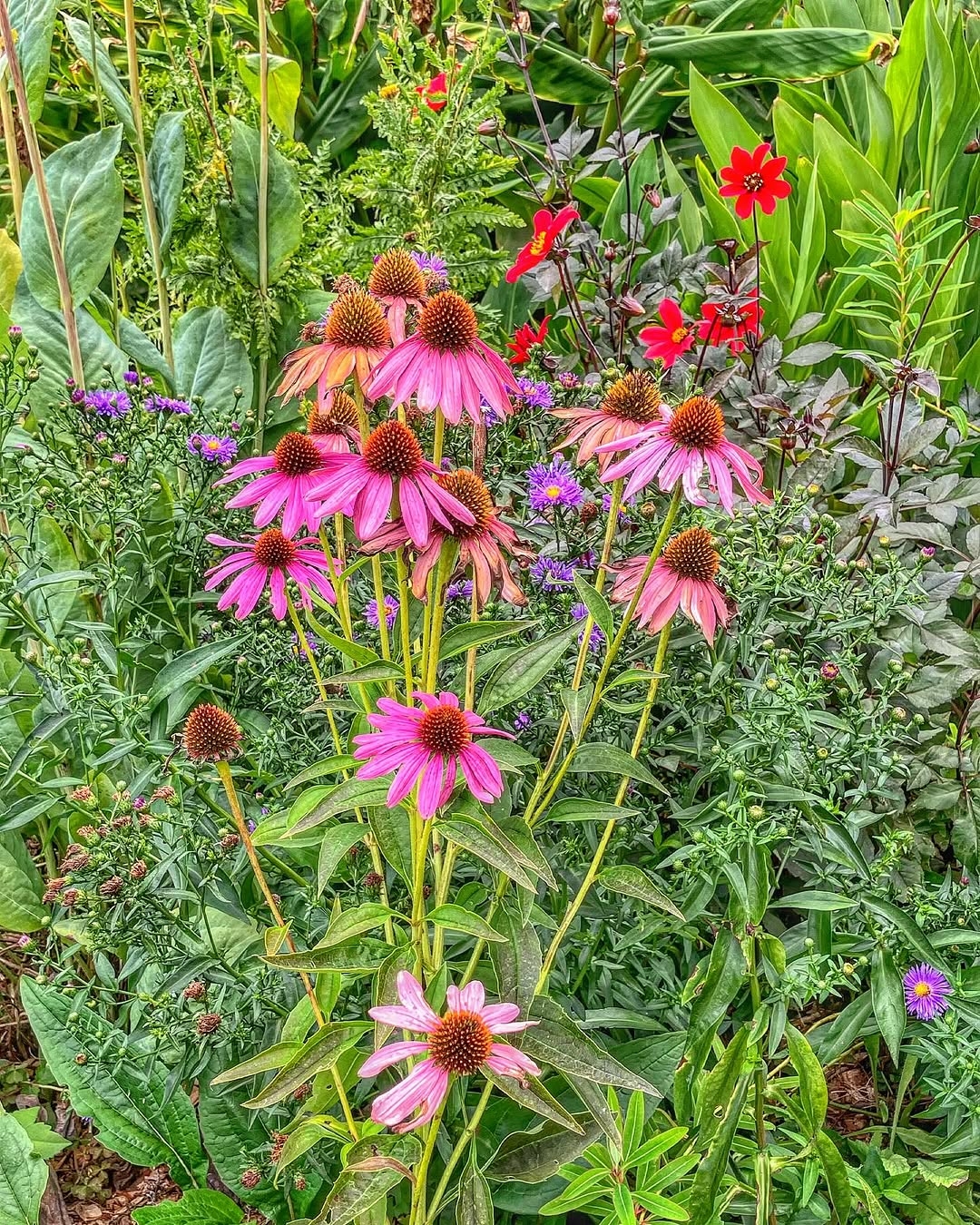
Cornflowers, with their vibrant petals, attract pollinators like bees and butterflies, whose nectar provides essential food, thereby supporting healthy ecosystems. Coneflowers from @nanettewhite
3. Sunflower (Helianthus)
Sunflowers are not only a cheerful addition to any garden but also an essential food source for pollinators. Their large, bright yellow heads produce abundant nectar and pollen that attract bees and butterflies. In addition to their role in pollination, sunflowers provide seeds for birds and other wildlife, making them a multifunctional choice for nature-friendly gardens.
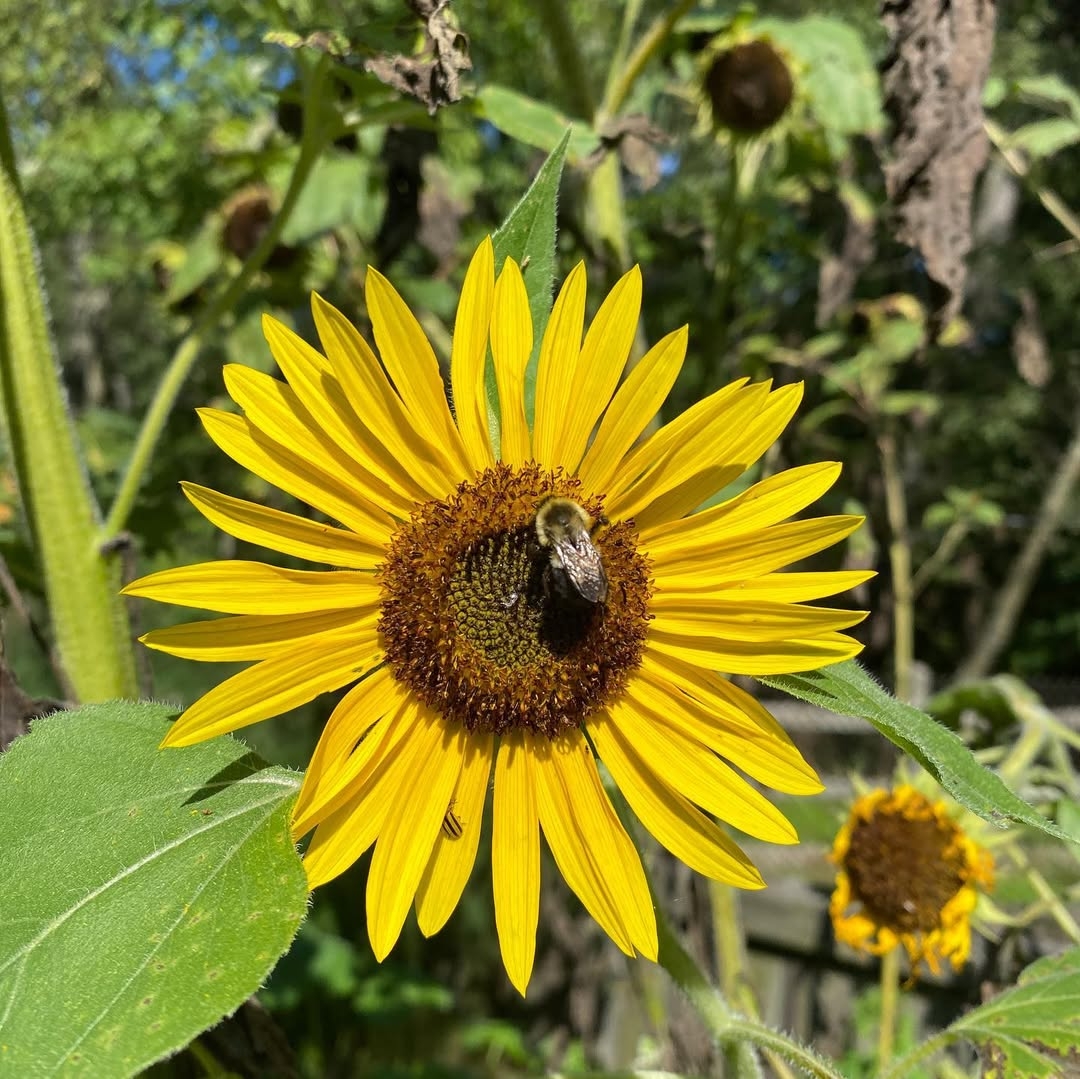
Sunflowers, with their bright yellow petals, attract bees, butterflies, and other insects to help with pollination, providing essential food for spring pollinators. Sunflowers from @jessicawalliser
4. Bee Balm (Monarda)
As its name suggests, bee balm is a top choice for attracting bees, butterflies, and hummingbirds. This vibrant perennial produces spiky blooms in shades of red, pink, and purple, adding a pop of color to your garden. Bee balm is also known for its pleasant fragrance and medicinal properties, making it a versatile and beneficial plant for both humans and pollinators.
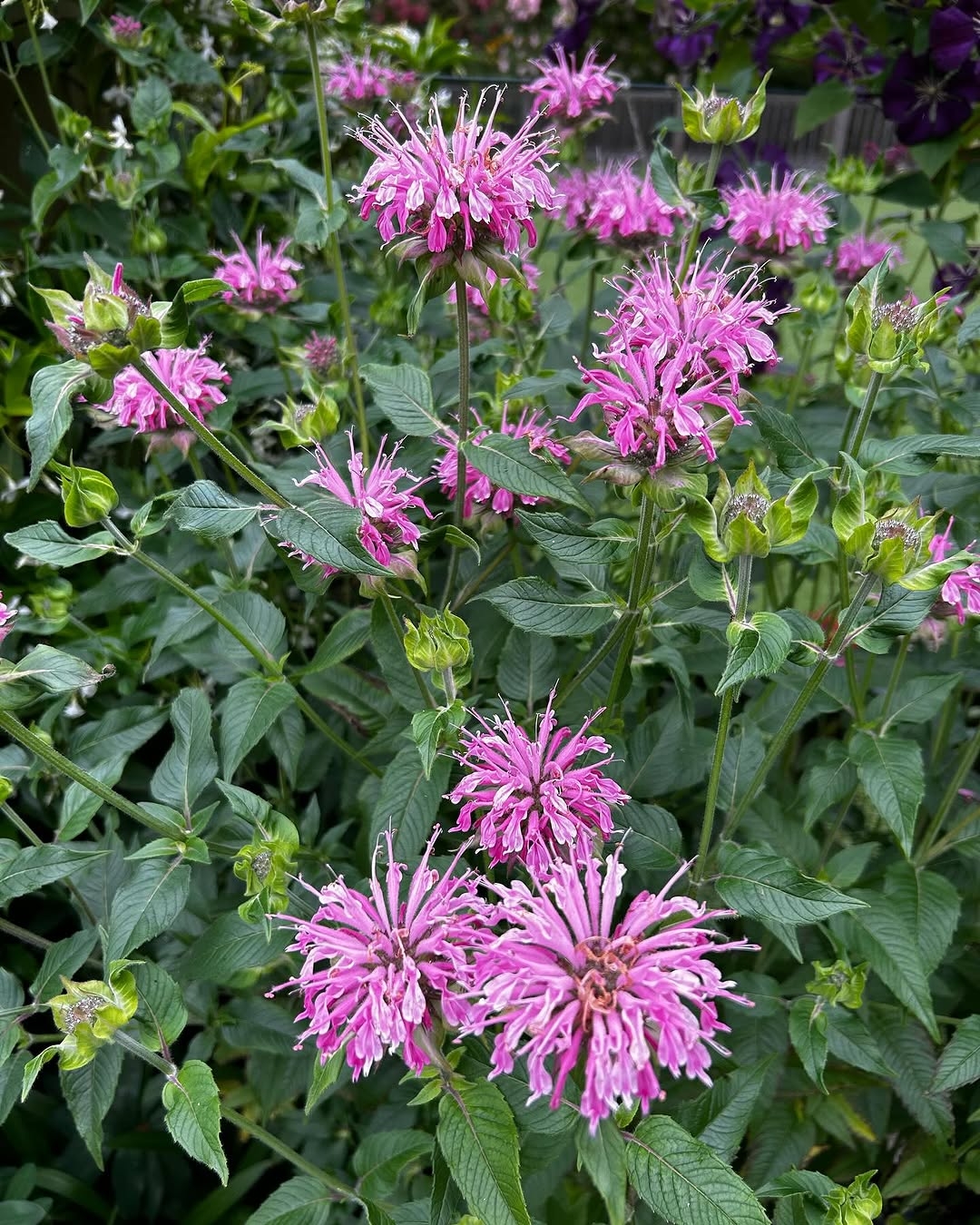
Known as bee balm flowers, they are bright, showy flowers that attract pollinators like bees and butterflies, with colors like red, pink, purple, and white. Monarda from @charlie_the_gardener
5. Black-Eyed Susan (Rudbeckia hirta)
Black-eyed Susans are easy-to-grow perennials that produce bright yellow flowers with dark centers. Their long blooming period, from midsummer to fall, ensures a steady supply of nectar for pollinators. Bees and butterflies are particularly drawn to this hardy plant, which thrives in a variety of soil conditions and requires minimal maintenance.
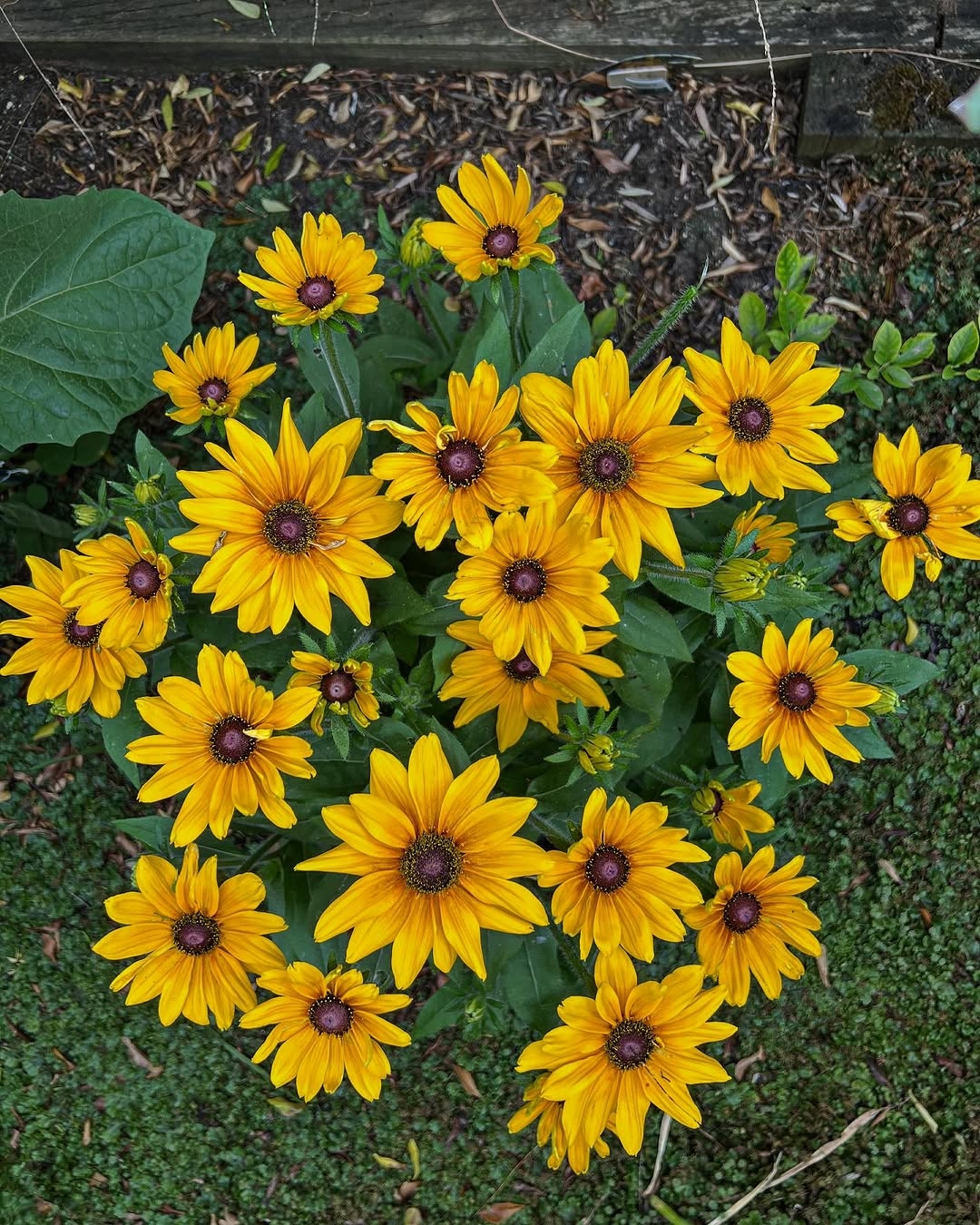
Black-eyed Susan, a popular flower among bees and butterflies, attracts pollinators with its bright yellow petals and dark center, providing nectar-rich food for beneficial garden insects. Black-eyed Susan from @navvy756
6. Milkweed (Asclepias)
Milkweed is a vital plant for monarch butterflies, serving as both a nectar source and a host plant for their larvae. With its clusters of small, fragrant flowers in shades of pink, orange, and white, milkweed attracts a variety of pollinators, including bees and hummingbirds. Planting milkweed is an excellent way to support declining monarch populations and contribute to pollinator conservation efforts.
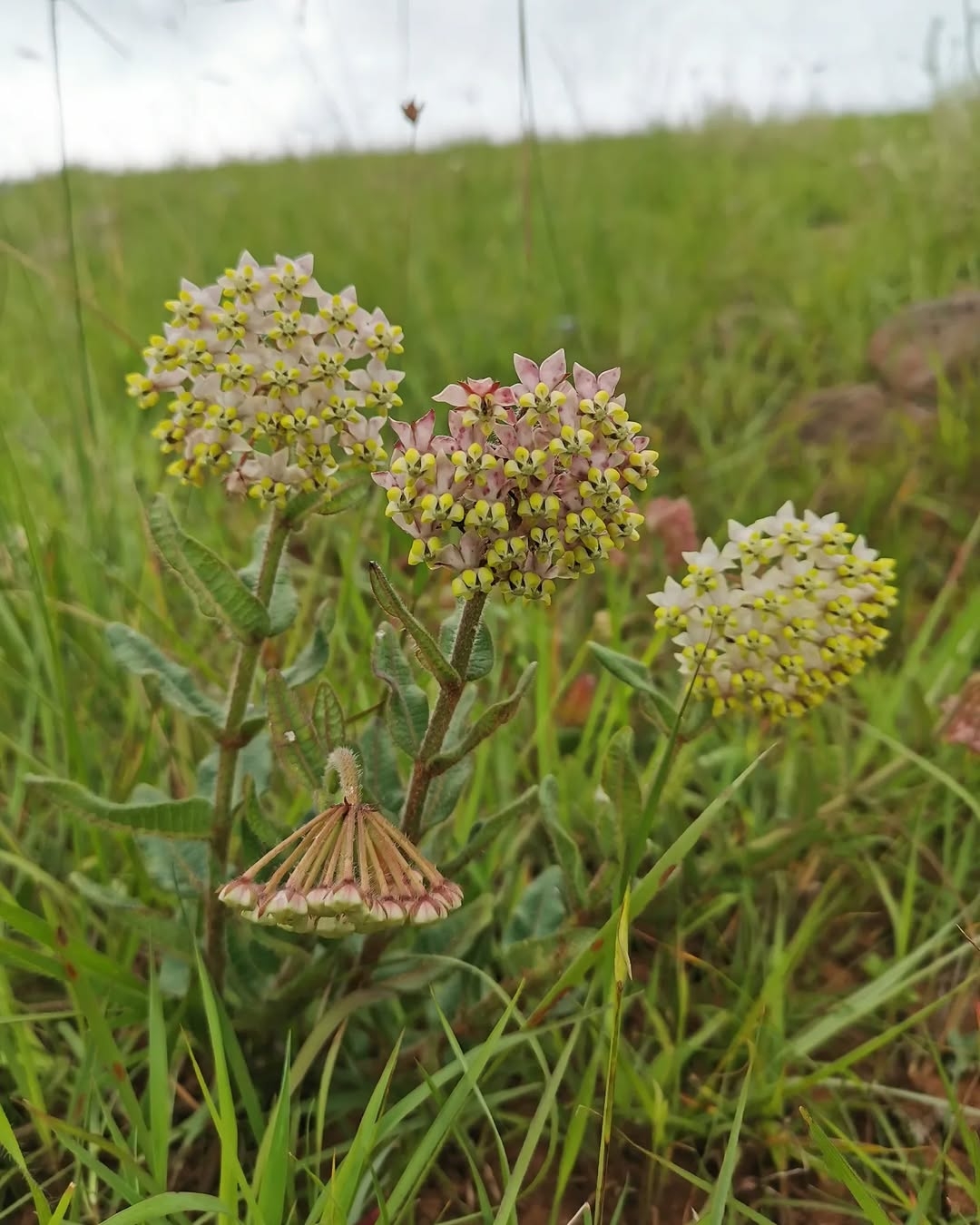
Plant milkweed this spring to attract monarch butterflies to your garden, as it’s their primary food source, and support other pollinators in your area. Milkweed from @tristanwoudberg
7. Phlox (Phlox paniculata)
Phlox is a versatile flowering plant that produces clusters of fragrant, star-shaped blooms in a range of colors, including pink, purple, white, and red. It attracts butterflies, bees, and hummingbirds, making it an excellent addition to any pollinator-friendly garden. Phlox thrives in well-drained soil and partial to full sun, ensuring a long-lasting display of vibrant flowers.
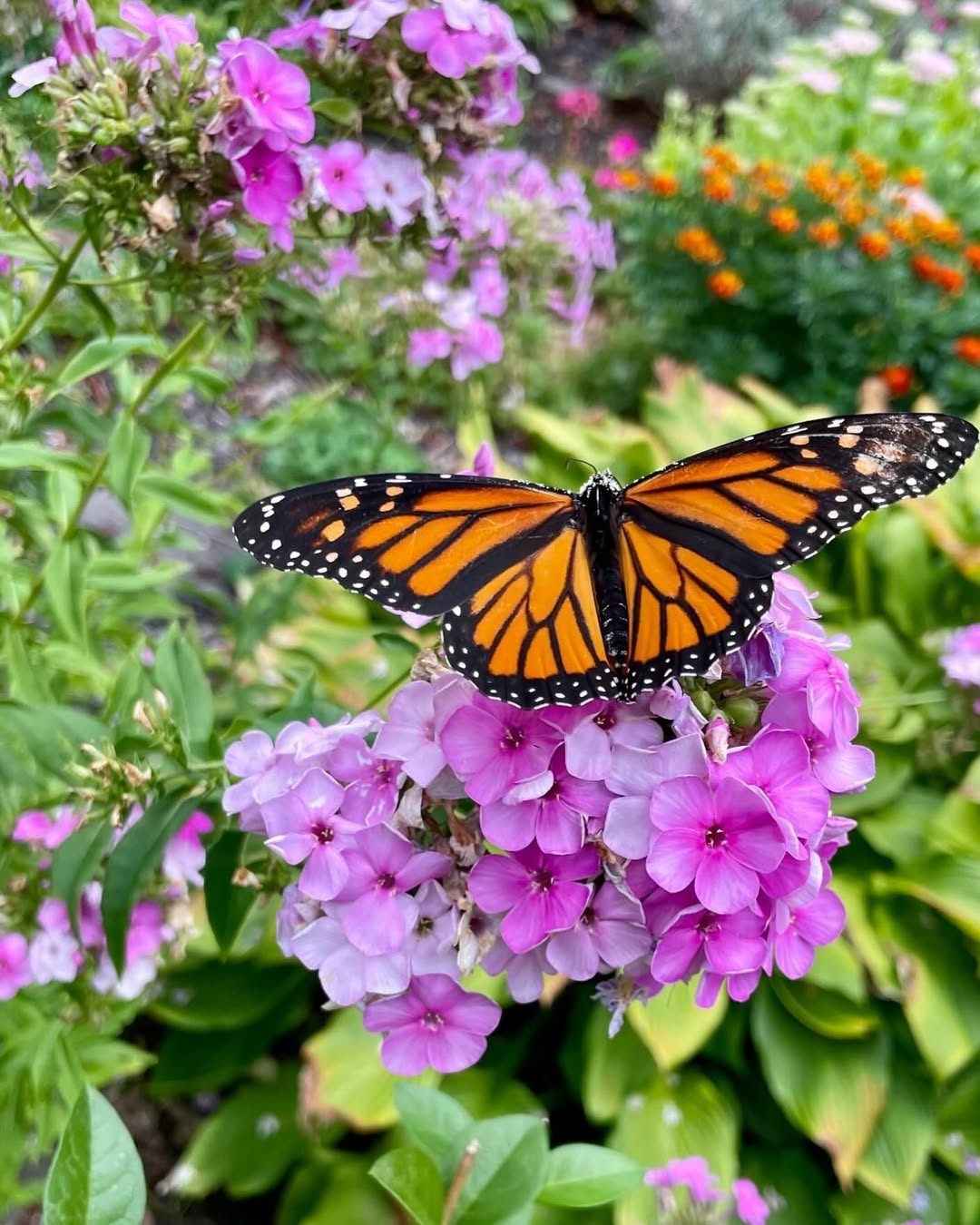
This phlox attracts butterflies with its vibrant purple blooms and sweet nectar, making it a beautiful addition to any garden. The fragrant flowers also provide a source of food for pollinators, helping to support local ecosystems. Phlox from @bloom.with.me.photo
8. Zinnias (Zinnia elegans)
Zinnias are easy-to-grow annuals that bloom in a variety of bright colors, including red, orange, pink, yellow, and white. Their open, daisy-like structure makes them accessible to pollinators such as bees and butterflies. Zinnias are fast-growing and continue to bloom throughout the summer, providing a reliable nectar source. Additionally, they make excellent cut flowers for floral arrangements.
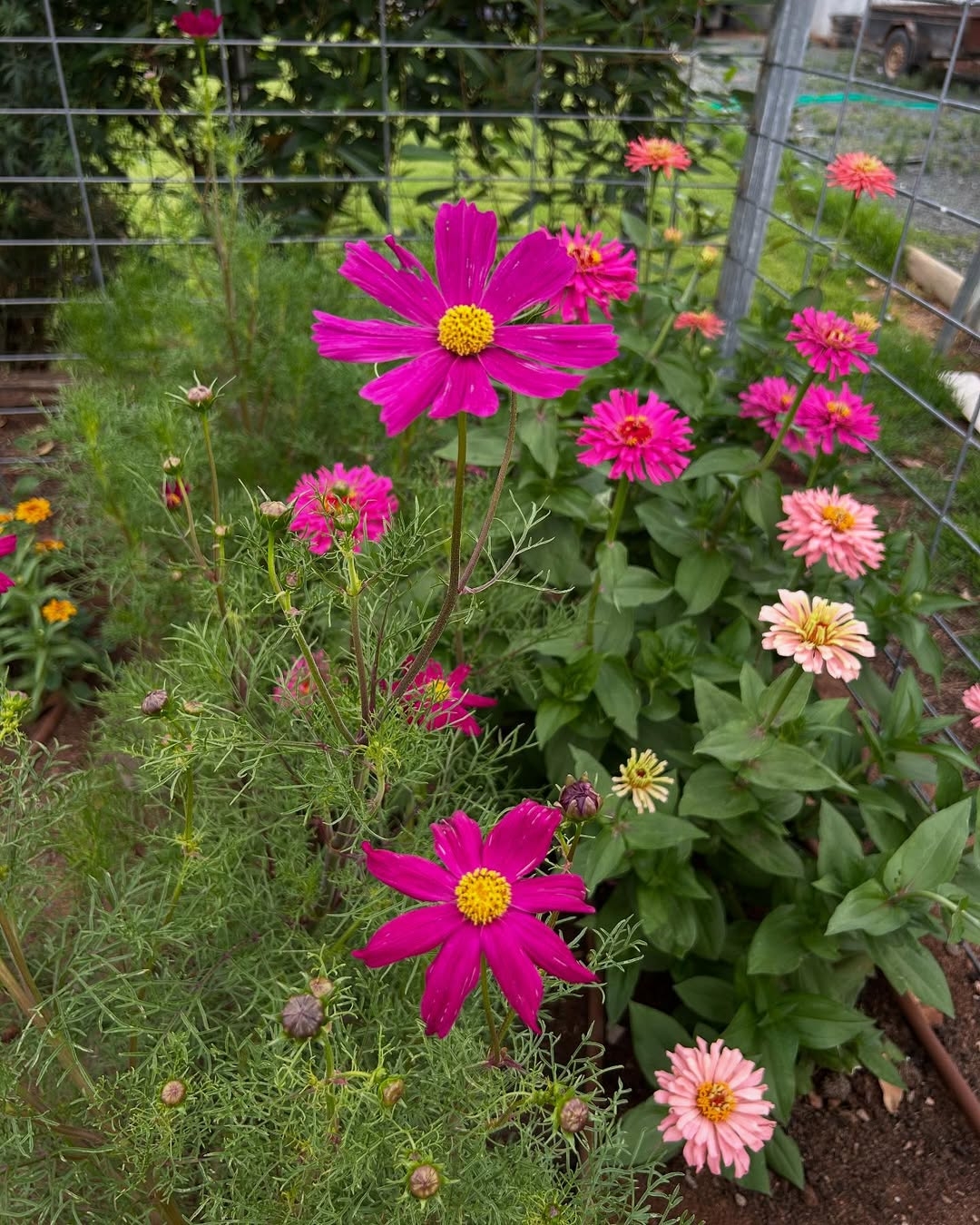
Zinnias, with their vibrant hues and nectar-rich flowers, are popular among gardeners due to their ability to attract bees and butterflies during spring. Zinnias from @country_plant_lady
9. Crocus (Crocus sativus)
Crocuses are among the first flowers to bloom in early spring, offering an essential nectar source for emerging pollinators. These small, cup-shaped flowers come in shades of purple, yellow, and white, adding a splash of color to gardens after the winter months. Crocuses are easy to grow and thrive in well-drained soil and full sun to partial shade.
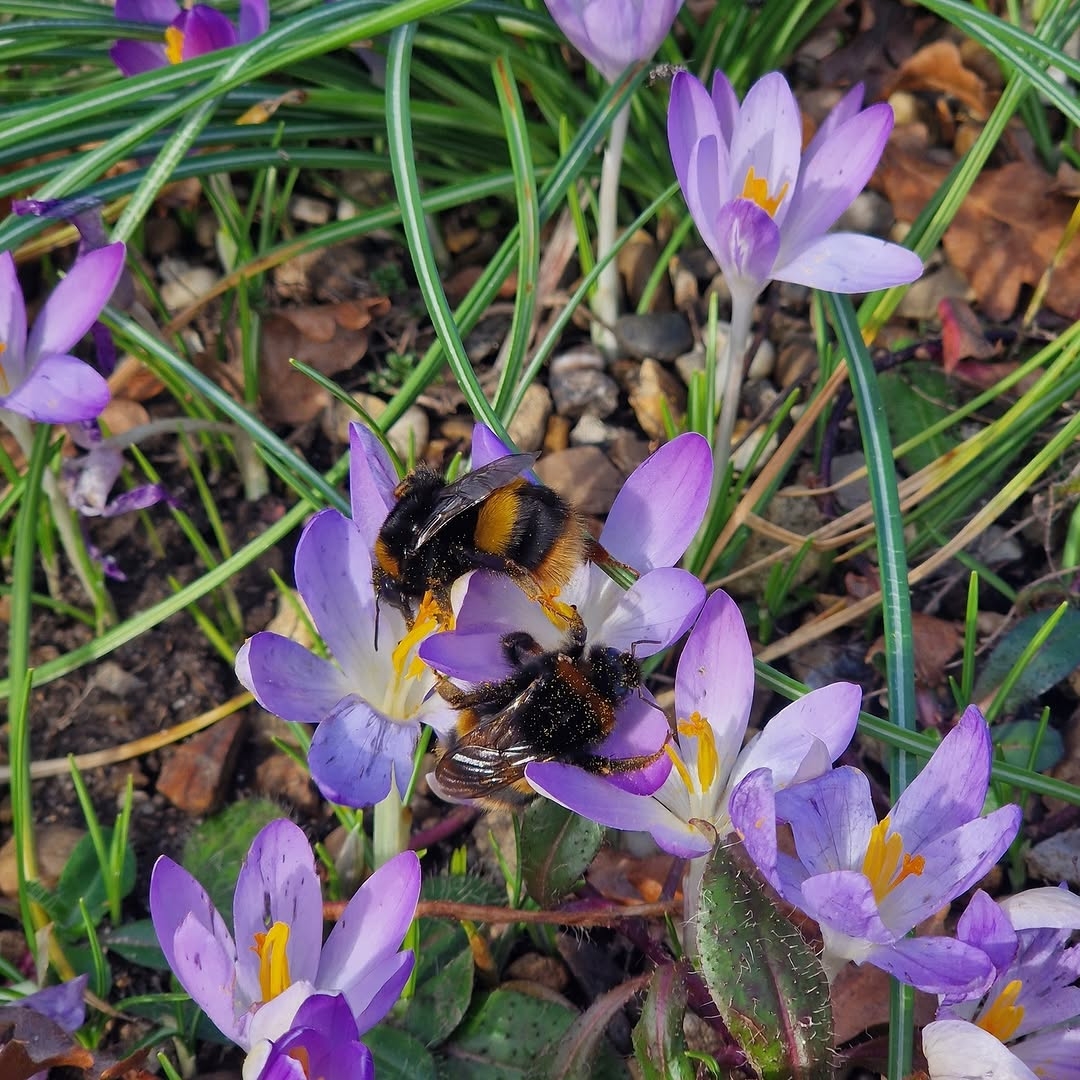
When the flowers open, crocuses provide nectar for bees and other pollinators, making them an important early food source in the spring. Crocus also come in a variety of colors, adding beauty to gardens and landscapes. Crocus flowers from @bethchattogardens
10. Bluebells (Hyacinthoides non-scripta)
Bluebells create a breathtaking display of delicate, bell-shaped flowers in shades of blue and violet. These perennials thrive in woodland settings and shaded garden areas, making them an excellent choice for attracting early-season pollinators. Bees, in particular, are highly attracted to bluebells, ensuring their role in supporting local pollinator populations.
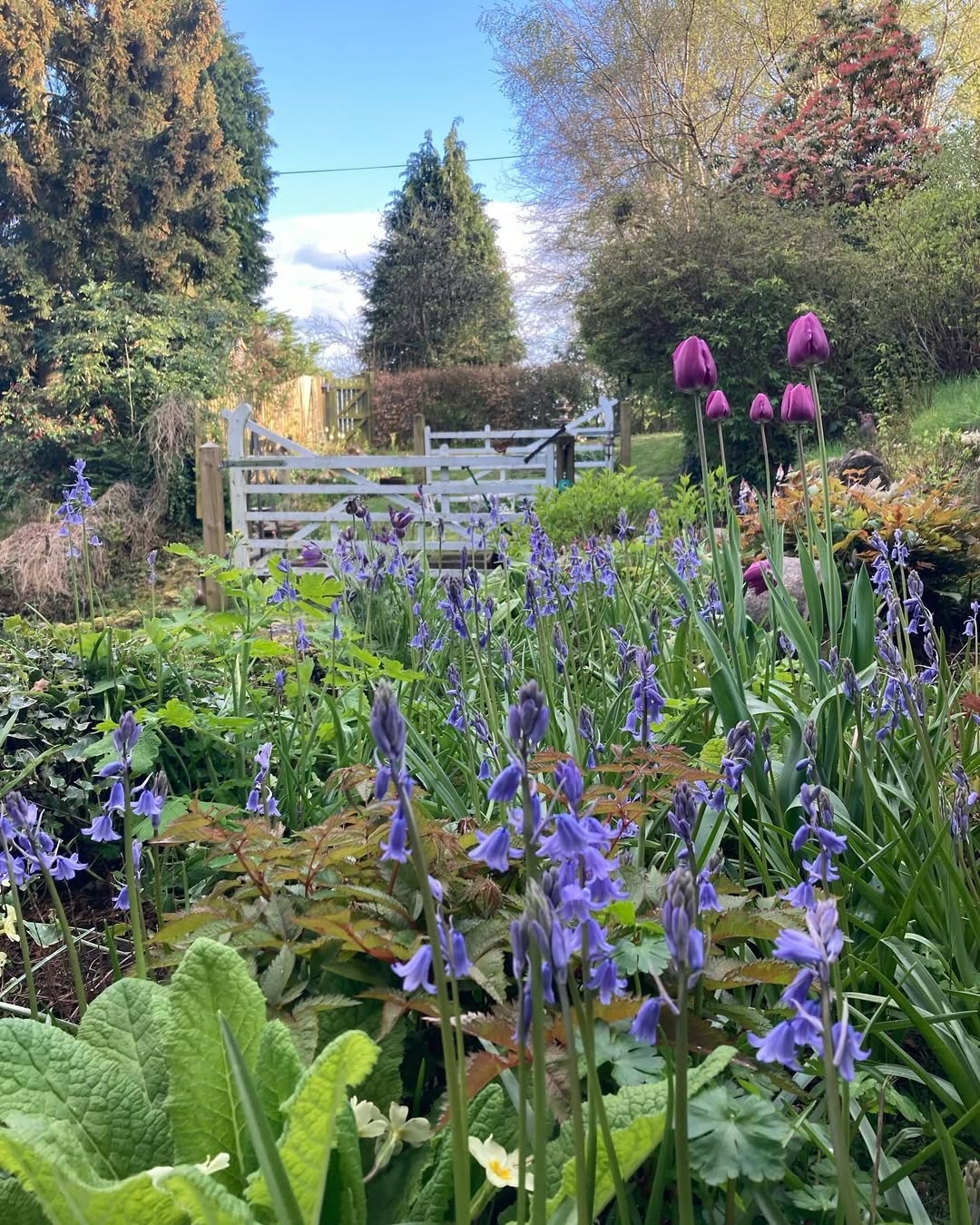
Bluebells is another plant choice to plant this spring. These delicate flowers add a pop of color to any garden and are known for attracting pollinators like bees and butterflies. Bluebells from @cottagegardentales
11. Grape Hyacinth (Muscari)
Muscari, or grape hyacinth, is a bulbous plant that produces clusters of small, bell-shaped flowers in shades of blue, purple, or white. These flowers are known for their sweet fragrance and can attract pollinators such as bees and butterflies to the garden. Muscari is a popular choice for spring gardens due to its low maintenance and ability to naturalize over time, creating a beautiful carpet of color.
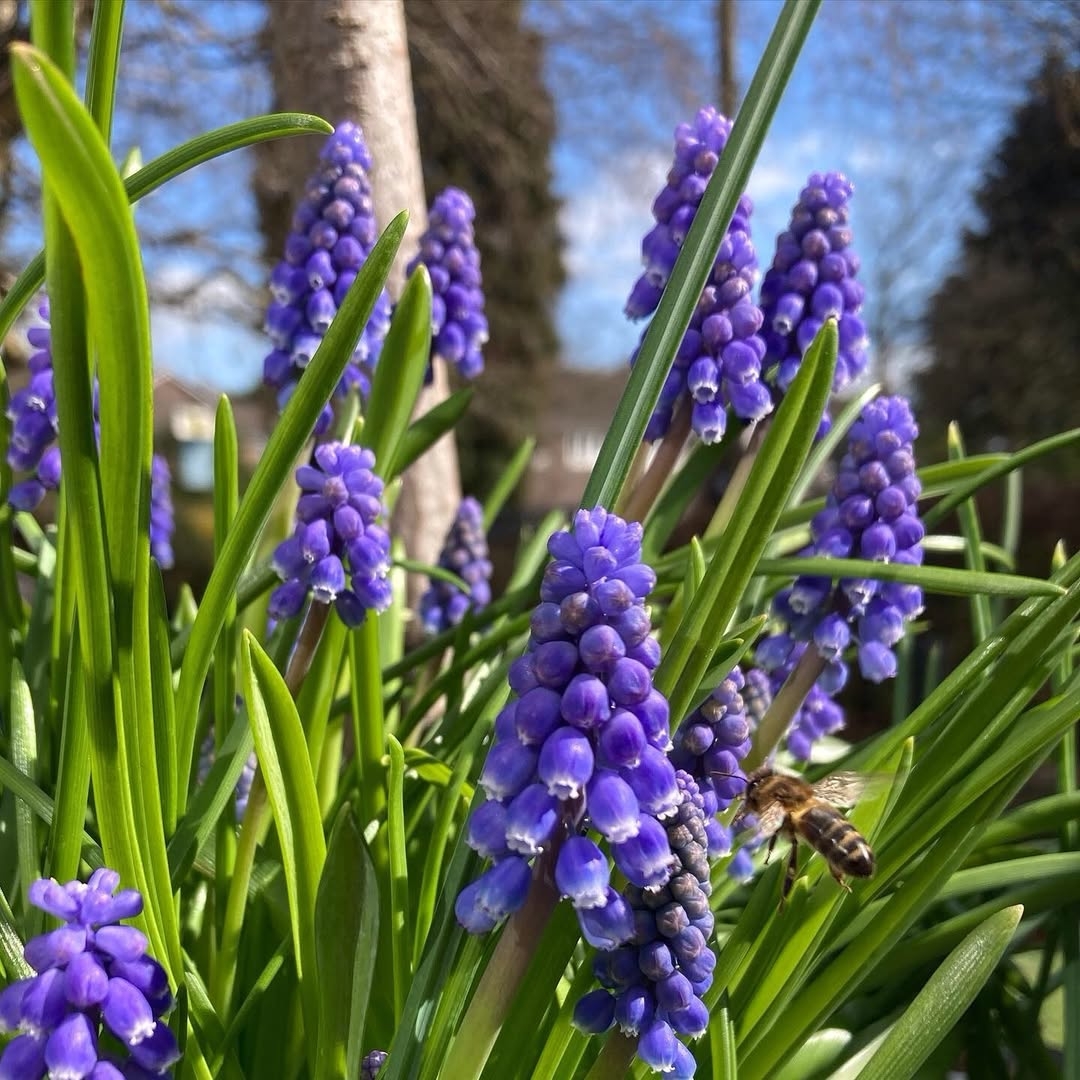
The spring pollinator can explore muscari and get some early nectar from the delicate flowers. These small blooms provide an important food source for bees and butterflies as they begin their work in the garden. Muscari (grape hyacinth) from @cottagegardentales
12. Tulips
Furthermore, in spring, tulips bloom in vibrant colors, adding a beautiful touch to gardens and landscapes. On the other hand, the blooms of tulips can also attract spring pollinators such as bees and butterflies, contributing to the overall health of the ecosystem. This makes tulips not only aesthetically pleasing but also beneficial for the environment.
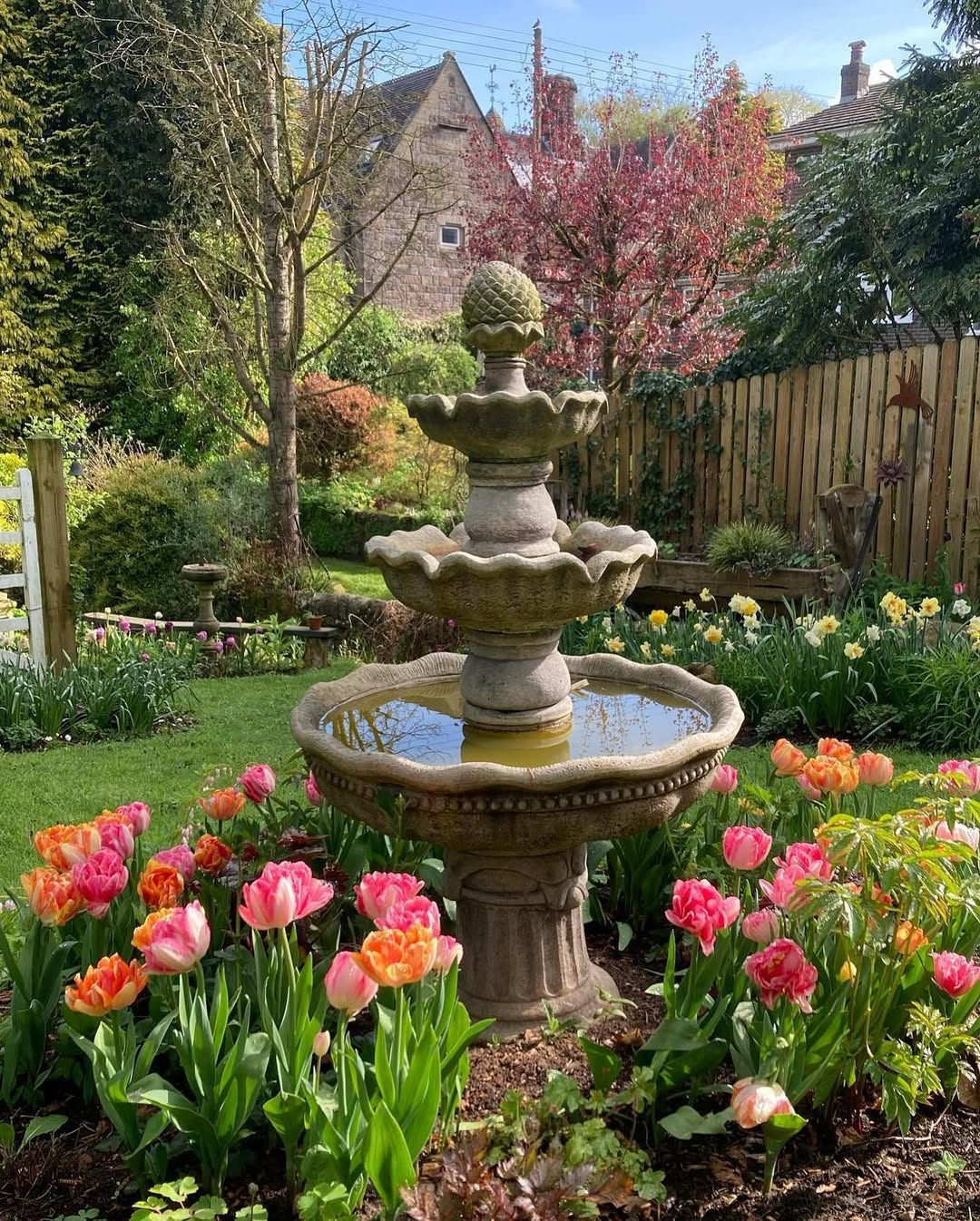
In spring, tulips will bloom and can provide a source of food for bees and other pollinators. This helps support the ecosystem and promotes biodiversity in the area. Tulips from @cottagegardentales
Conclusion
Planting a variety of flowers that attract and sustain pollinators is one of the best ways to contribute to environmental conservation while enhancing the beauty of your garden. By including a mix of perennials and annuals that bloom at different times throughout the season, you can provide a continuous food source for bees, butterflies, and hummingbirds. Not only will you enjoy a vibrant and lively garden, but you will also play a crucial role in supporting these essential creatures. Whether you have a large backyard or a small balcony garden, incorporating these ten beautiful flowers will help ensure a thriving pollinator population for years to come.


